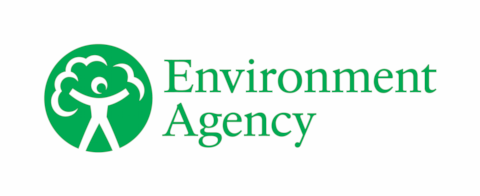Yate and Chipping Sodbury: reducing the risk of flooding
Updated 11 August 2025
Introduction
The Environment Agency has been investigating fluvial flood risk in Yate and Chipping Sodbury from the Bristol Frome. In 2017, we considered a capital flood scheme to reduce fluvial flood risk including:
- an upstream flood storage area
- river channel widening at St. Johns Way
- an upstream flood storage area
At the time, we believed there would be a considerable funding shortfall. This was based on estimates of construction cost and funding available through FCERM grant in aid and local levy. Construction cost estimates have also risen significantly since then. This means a different approach is now required.
We are now working with South Gloucestershire Council to deliver a smaller scale scheme. This will reduce fluvial flood risk to the properties most at risk near St Johns Way. This localised option will not include an upstream flood storage area.
What the localised option will look like
We have not agreed a design yet. However, the intention is to construct a small-scale flood defence on the public open space land. This will be between St Johns Way and the river, from St Johns Bridge south until existing land levels are high enough. The aim is for it to look similar to the existing natural landscape and retain existing footpath access.
When it will be constructed
It is too soon to give a firm date for construction. We are working on an outline design. After this planning permission will need to be granted. The earliest date would be 2026 to 2027.
How surface water flooding is being managed
As the lead local flood authority, South Gloucestershire Council are responsible for managing surface water flooding.
The cause of flooding at St. Johns Way is a combination of river and surface water and their interaction. We are working closely with South Gloucestershire Council, and Wessex Water, to take a co-ordinated approach.
Surface water flooding occurs on St John’s Way when water levels in the river are higher than the outfalls of the existing surface water drainage systems. Because the drainage systems are unable to drain surface water into the river they begin to back up. This leads highway flooding.
Network Rail’s work upstream
We are also talking to Network Rail as they are working to reduce flood risk to the railway upstream. We are taking a co-ordinated catchment-based approach to manage flood risk sensitively.
We are working with several partners to carry out the Resilient Frome project. These are:
- Bristol City Council
- South Gloucestershire Council
- Wessex Water
We are looking at how innovative measures can improve resilience across the Bristol Frome catchment. You can find more information on Environment Agency engagement HQ webpage.
How to report flooding
You can visit report a flood or possible cause of flooding webpage for guidance on how to report different types of flooding.
You can also check report flooding on a road, footpath, cycleway or open space for information on how to report flooding. This applies to flooding on:
- a road
- footpath
- cycleway
- open space
For further government advice after a flood see:
How to check the long term flood risk for my property
You can visit check the long term flood risk page on GOV.UK and enter a postcode to check the risk of all forms of flooding.
How to sign up to receive flood warnings and prepare for potential flooding in the future
You can sign up for flood warnings page on GOV.UK or call Floodline Telephone: 0345 988 1188, Textphone: 0345 602 6340.
The Environment Agency’s flood resilience teams work with local communities to help them understand their flood risk and develop personal and community flood plans.
Email floodwessex@environment-agency.gov.uk if you or your neighbours are interested in creating a community flood plan or you would like to find out more.
Update on the environmental project modifying weirs through Yate to improve fish passage
The project on Environment Agency-owned weirs in Yate was completed in 2022, opening over 8km of river channel to fish and eels.
Contact
For further information email wessex.enquiries@environment-agency.gov.uk

